Blanche K. Bruce House
Introduction
Text-to-speech Audio
Images
This photo of the Bruce House was taken in 1975 by the Historic American Buildings Survey.
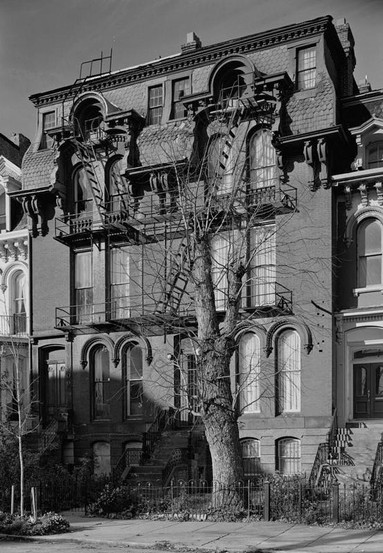
Blanche K. Bruce lived in this Mount Vernon home from 1878 to 1888. During that time he represented Mississippi as a Senator and served several important posts in the federal government.
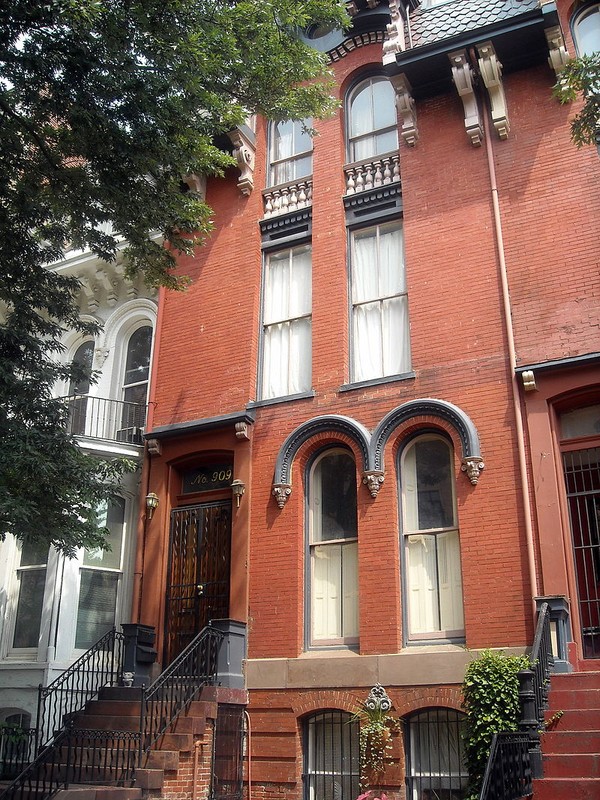
This image of Blanche Kelso Bruce is held by the Library of Congress.
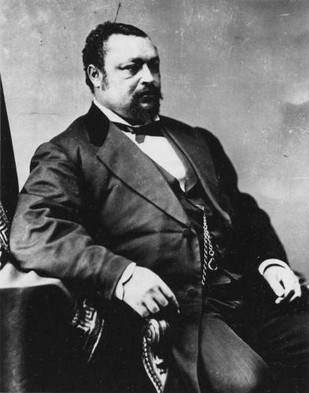
This image of a slightly darker B. K. Bruce comes from an 1890 book by an African American author.
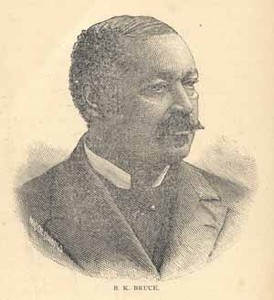
This book by attorney Lawrence Otis Graham looks at the lives of the Bruce family through three generations.
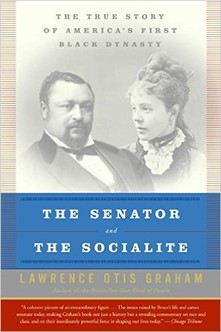
Josephine Beall Willson Bruce
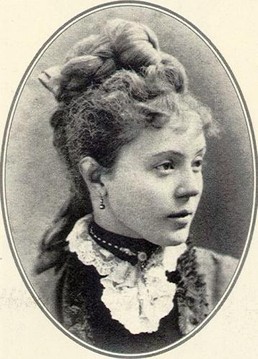
Backstory and Context
Text-to-speech Audio
Despite a very different set of circumstances than most slaves endured in antebellum South, Blanche Bruce was not free. Pettus Perkinson sent Bruce away from his own house (a common way for slave masters to create distance between their enslaved children) and was forced to labor without pay for Pettus's half-brother William Perkinson.
Bruce was able to escape from slavery and chose the Free State stronghold of Lawrence Kansas as his home during the Civil War. He taught school in Lawrence in 1867-a publicly-funded but racially segregated school in a rented church. After teaching, he returned to the South and became active in the local Republican Party of Mississippi. At that time, the Republican Party in featured a fusion of progressive whites and former slaves who worked together to challenge the rule of planters and provide better schools and economic opportunities for white and Black residents.
Bruce rose quickly in the Mississippi Republican Party, being selected as the sergeant at arms in the State Senate before wining election as Sheriff and Tax Collector in Bolivar County. He also served as Superintendent in Bolivar County and soon acquired a farm that grew to 640 acres. In 1875, Bruce became the first African American to be elected and permitted to serve a full term in the United States Senate.
While in office Bruce could only occasionally speak out on behalf of civil rights for African Americans (as well as recent immigrants) for fear of facing the same fate of Black leaders who exposed the Republican Party's limited support for civil rights. Biographer Lawrence Otis Graham declared that Bruce had "an almost single-minded obsession for maintaining favor with powerful whites" while serving in the Senate.
While he rarely challenged white Republicans, Bruce did speak out often in support of the Freedman's Bureau and its attempts to ameliorate the economic exploitation of sharecroppers. Despite the end of Reconstruction, the 1880s and 1890s still saw some cooperation between white Republican leaders and African Americans. In the North and West, as well as pockets of the South where African Americans had not been completely disfranchised by the threat of white vigilantes and white supremacist state legislatures, African Americans turned out in each election and cast nearly all of their votes for the Republican Party.
In recognition of Black support, white politicians often reserved a few appointments for Black leaders like B. K. Bruce. In return, political appointees such as Bruce were expected to labor on behalf of the Republican Party, get Black voters to turn out to the polls, and accept political compromises rather than advocate fully for equal rights. For this reason, Bruce found himself isolated from both the Black community and white leaders of the Republican Party. At the same time, he was appointed by Presidents James Garfield and William McKinley as the Register of the Treasury. Bruce was serving as Register of the Treasury in 1898 when he passed away.
Sources
“School History” Vertical File, Lawrence Public Library; Lawrence City Directory, 1868,
Howard N. Rabinowitz, “Three Reconstruction Leaders: Blanche K. Bruce, Robert Brown Eliott, and Holland Thompson” in Leon Litwack and August Meier, Black Leaders of the Nineteenth Century. Urbana: University of Illinois Press, 1988.
Lawrence Otis Graham, The Senator and the Socialite: The True Story of America’s First Black Dynasty. New York: Harper Collins, 2006.
